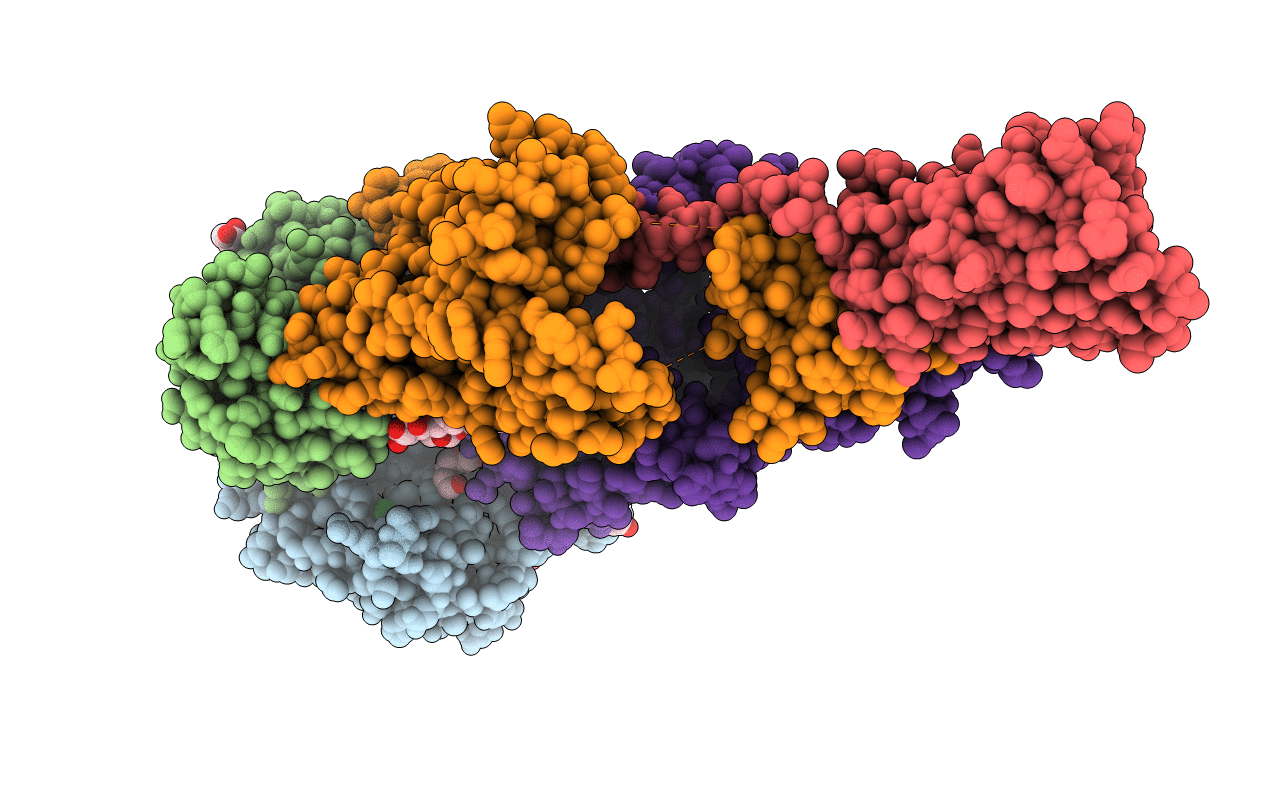
Deposition Date
2018-09-21
Release Date
2019-03-27
Last Version Date
2023-10-11
Method Details:
Experimental Method:
Resolution:
2.85 Å
R-Value Free:
0.29
R-Value Work:
0.24
R-Value Observed:
0.24
Space Group:
C 1 2 1


